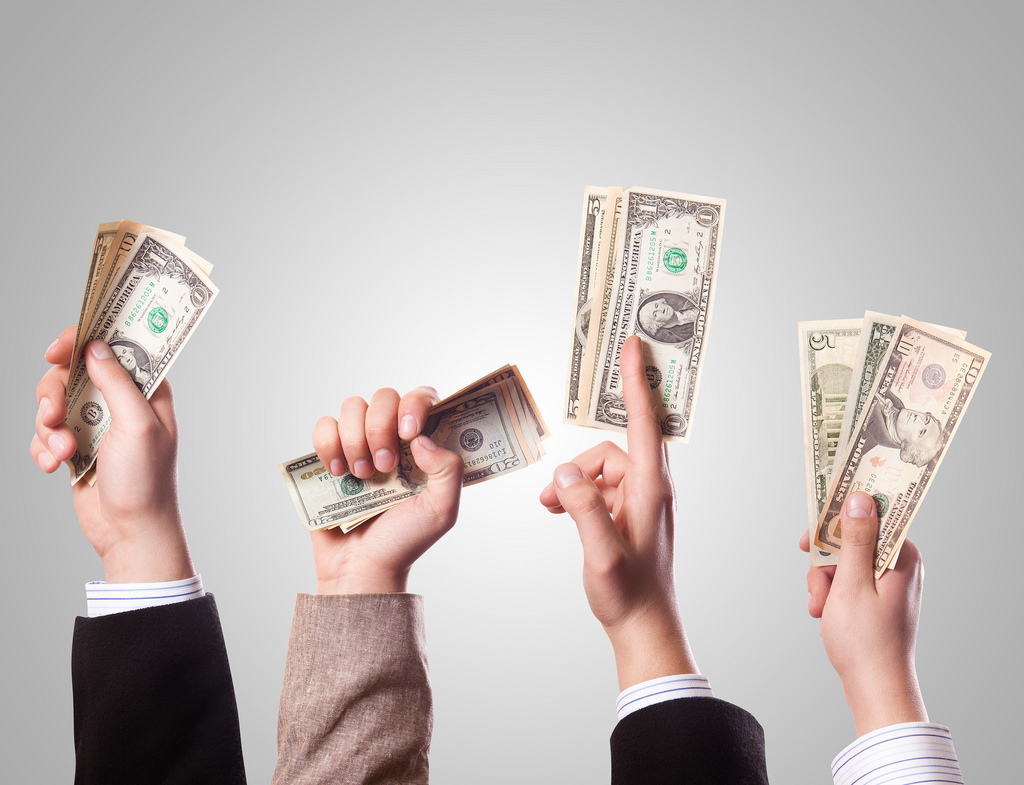The recent presidential election drew attention to the fact that America’s middle-class is rapidly disappearing, while those in the 1% are holding steady or increasing their net worth. For example, In 1965, the typical CEO at one of America’s 500 largest companies made twenty times the salary of his typical worker. Today, the average Fortune 500 company CEO made 373 times the salary of the average production and nonsupervisory worker in 2014, up from 331 times in 2013, reports the AFL-CIO.
So the question is this: why do CEOs receive such high salaries? In the insurance industry, CEOs are primarily responsible for establishing and implementing organizational goals, policies and procedures, overseeing the creation of new insurance products and ensuring their companies maximize profits. They also consult with other executives on operational procedures, appoint new department heads and analyze financial statements, costs and sales reports. Most small to mid-size insurance company CEOs earn salaries averaging between $140,000 and $150,000 annually–a far cry from the 1%.
However, according to Forbes, CEOs of huge insurance corporations make upwards of several million dollars annually, with many gathering tens of millions. Here are the top five insurance CEOs with a salary of more than ten million dollars:
- Daniel Amos, CEO of Aflac: 27.97 million
- Ramani Ayer, CEO of Hartford Financial: 21.5 million
- William P. Foley II, CEO of Fidelity National: 18.76 million
- Edward M. Liddy, CEO of Allstate: 17.79 million
- Arthur F. Ryan, CEO of Prudential: 15.61 million
The remaining CEO salaries in the insurance industry range anywhere from 3.09 million to 17.79 million. While those in executive positions undoubtedly have the weight of responsibility upon their shoulders, it is difficult to determine the monetary value of corporate leadership. The insurance industry in particular depends on the successful ability to weigh risks against profit, meaning that CEO salaries are directly linked to the corporation’s bottom line–and out of the consumer’s pocket.







Leave A Comment
You must be logged in to post a comment.